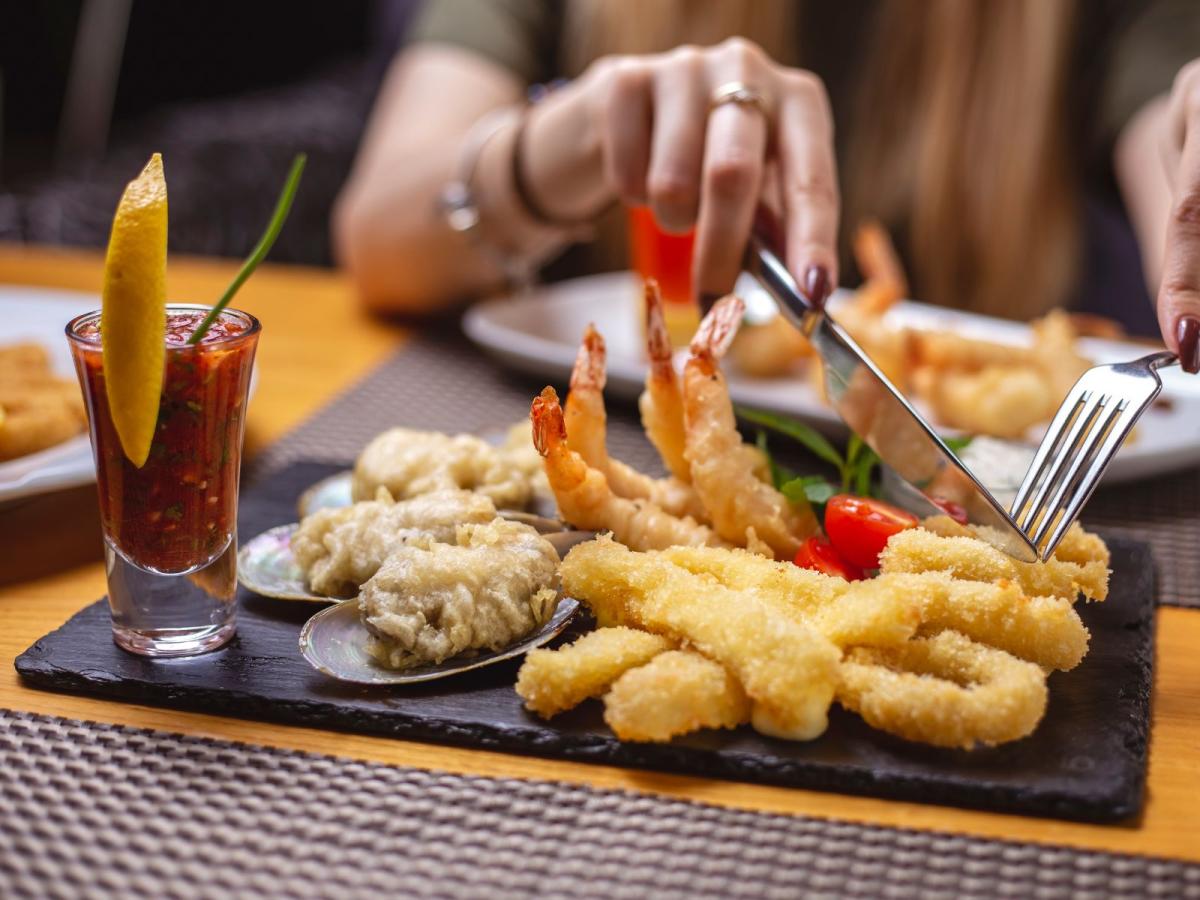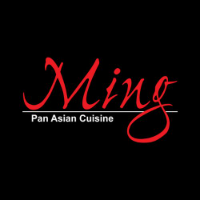A Beginner’s Guide To Dining Manners At New Jersey Seafood Restaurants
Dining out is one of life’s simple pleasures, but it’s not just about the food on your plate—it’s also about how you enjoy it. For first-time diners, seafood can feel intimidating, especially when the meal involves shell crackers, oyster forks, or a steaming platter meant for sharing. At New Jersey seafood restaurants, understanding basic dining manners ensures you can relax, savor your food, and fully appreciate the experience. This guide will walk you through everything you need to know about enjoying seafood like a pro.
Understanding the Setting
The first step to dining with confidence is understanding the type of restaurant you’ve chosen. Seafood restaurants in New Jersey come in many styles. Some are casual crab houses with a lively, family-friendly atmosphere, paper table covers, and buckets for shells. Others are elegant fine-dining establishments with dim lighting, quiet ambiance, and plated seafood dishes that look like works of art.
The setting dictates your manners. At casual eateries, don’t hesitate to put on a bib, dig into a crab boil, and enjoy the fun. At upscale seafood restaurants, however, table etiquette matters more—quiet conversation, refined posture, and measured dining behavior reflect the mood of the room. Observing your surroundings and adjusting accordingly helps you feel comfortable in any setting.
Mastering Basic Table Etiquette

Good dining manners never go out of style. Sit upright, keep your napkin neatly on your lap, and wait until everyone at your table has been served before you start eating. Elbows off the table is a classic rule, but so is keeping your phone use minimal. Scrolling or texting at the table can feel disrespectful to your company and detracts from the dining experience.
At many New Jersey seafood restaurants, meals are designed to be social. Engage in conversation, ask your companions about their dishes, and share your thoughts on the flavors. Politeness goes beyond the food—it’s about making the meal enjoyable for everyone.
Handling Seafood With Ease
Seafood dining often comes with tools unfamiliar to some diners. From cracking lobster claws to prying open crab legs, confidence comes with practice. If you’re unsure, watch others at your table or simply ask your server for guidance. They’re accustomed to helping guests navigate the process.
Lobster and Crab: Use the crackers and picks provided. Work slowly and carefully to avoid spraying juices.
Oysters: Hold the shell steady, loosen the oyster with the small fork, add a drop of lemon or mignonette, and sip gently from the shell.
Whole Fish: Use your knife and fork to gently separate the flesh from the bones.
At seafood restaurants, staff often demonstrate or provide tips for handling tricky dishes, making it easier for first-time diners to enjoy without worry.
Sharing Dishes the Right Way
Seafood shines in group dining. From shrimp towers to clambakes, many meals are served family-style. When sharing dishes, use the serving utensils provided instead of your own cutlery. Place a portion on your plate before eating to avoid repeated reaching across the table.
If you notice the last piece of lobster tail or shrimp on the platter, offer it to the group before helping yourself. Small gestures like this show thoughtfulness and keep the meal atmosphere pleasant. Sharing food the right way turns dining into a communal celebration.
Respecting Cultural Traditions
Many New Jersey seafood restaurants reflect a variety of cultural influences, from Asian-style seafood noodles to Mediterranean grilled fish. Being mindful of these traditions enriches the dining experience.
For instance, slurping broth in an Asian-inspired setting is often a sign of appreciation, while at a classic American seafood grill, quiet dining may be preferred. Learning and respecting these small cultural nuances not only shows appreciation for the food but also deepens your connection to the dining experience.
Politeness Toward Staff and Fellow Diners
Dining etiquette goes beyond your table. Interactions with servers, hosts, and other diners matter too. Greet staff politely, listen attentively when specials are described, and always say thank you when dishes are served. If you have allergies or dietary restrictions, let the staff know clearly and politely at the start of your meal.
In busy restaurants, be mindful of space. Keep your belongings close so they don’t block walkways, and avoid speaking too loudly. At New Jersey seafood restaurants, where tables may be close together, courtesy ensures everyone enjoys their evening.
Tips for an Elevated Dining Experience
Want to take your etiquette to the next level? Here are a few simple tips:
Dress appropriately: Smart casual works for most seafood spots; upscale venues may require more formal attire.
Mind your pace: Don’t rush courses—savor appetizers before moving to the main dish.
Pair thoughtfully: Ask staff for wine or cocktail recommendations that complement your seafood.
Support sustainability: Many restaurants highlight seasonal, responsibly sourced seafood—choosing these options supports better practices.
These small considerations not only improve your experience but also demonstrate respect for the restaurant’s effort and culinary craft.
Conclusion: Dine with Confidence at New Jersey Restaurants
Dining etiquette isn’t about memorizing strict rules—it’s about creating an enjoyable experience for yourself and others. At New Jersey seafood restaurants, practicing good manners helps you savor your meal without stress, whether you’re cracking lobster claws, sharing a clambake, or exploring cultural dishes from around the world.
Ready to put your best manners to the test? Visit Ming Restaurant, embrace the flavors, and enjoy every moment with confidence and style.
